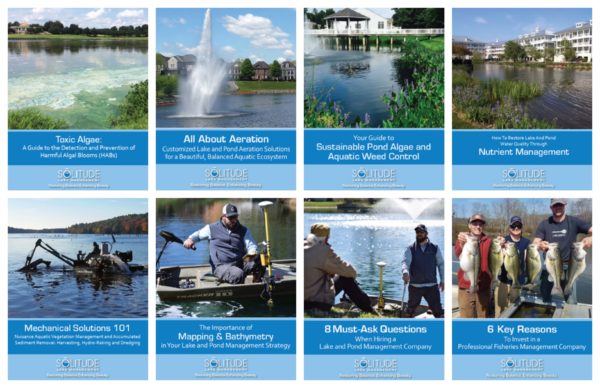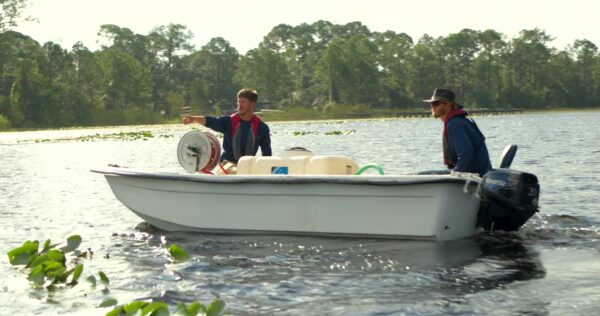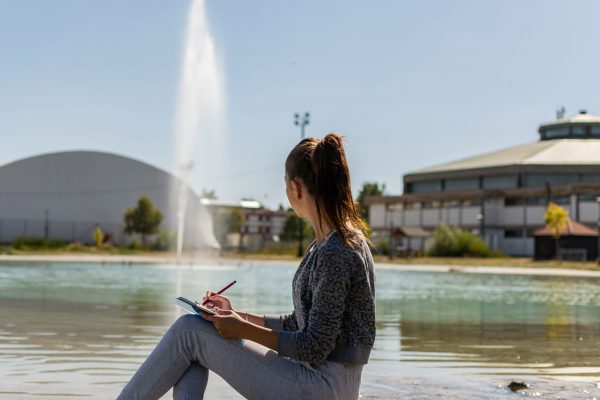
Warm weather signals longer days and endless possibilities to enjoy the recreational and aesthetic benefits of our waterbodies. However, research¹ from the National Oceanic and Atmospheric Administration (NOAA) reveals that global surface temperatures are steadily rising. Regions across the country, whether in the north, south, east, or west, are experiencing warmer climates and longer growing seasons than ever before. As a property owner or manager, it’s important to understand how rising water temperatures may be impacting your waterbody and what you can do about it.
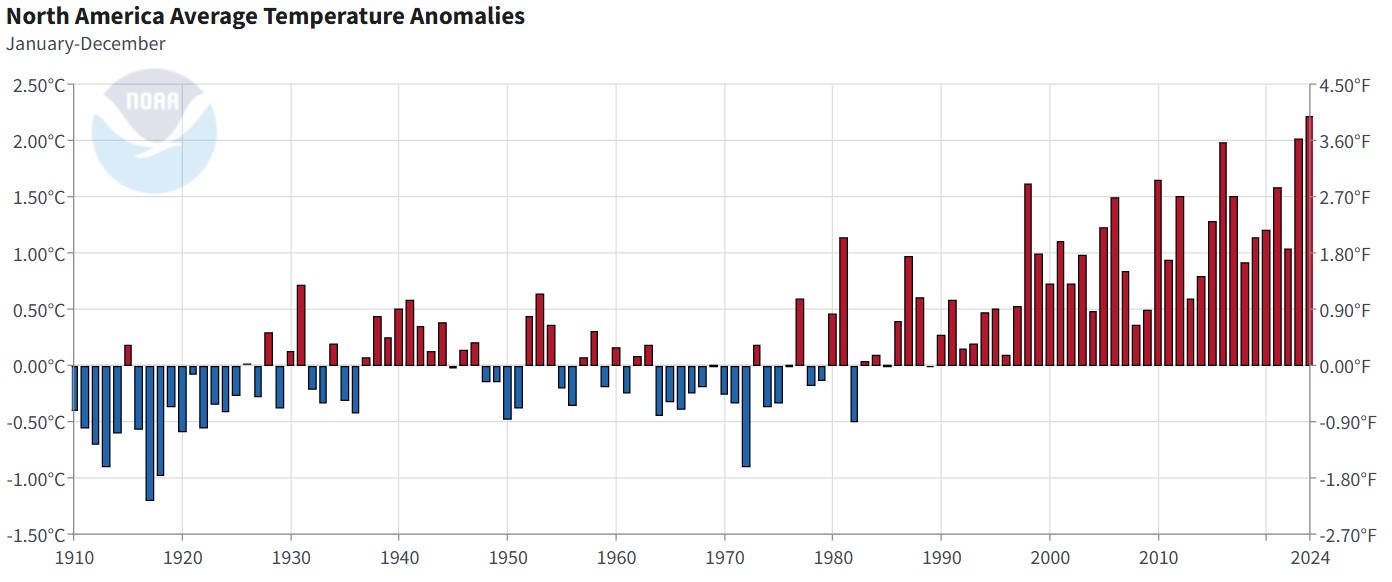
In 2024, data from NOAA’s annual climate report revealed that North America had its warmest year on record, with an annual temperature 4.00°F above the 1910-2000 average¹. A few degrees may not seem significant, but rising average temperatures are shifting the country’s hardiness zones², redefining where plants can thrive and how long the growing season lasts. As the climate warms and excess nutrients continue to enter our waterbodies, regions that were once too cool for certain aquatic weeds and algae are now becoming more hospitable—and for longer periods of the year.
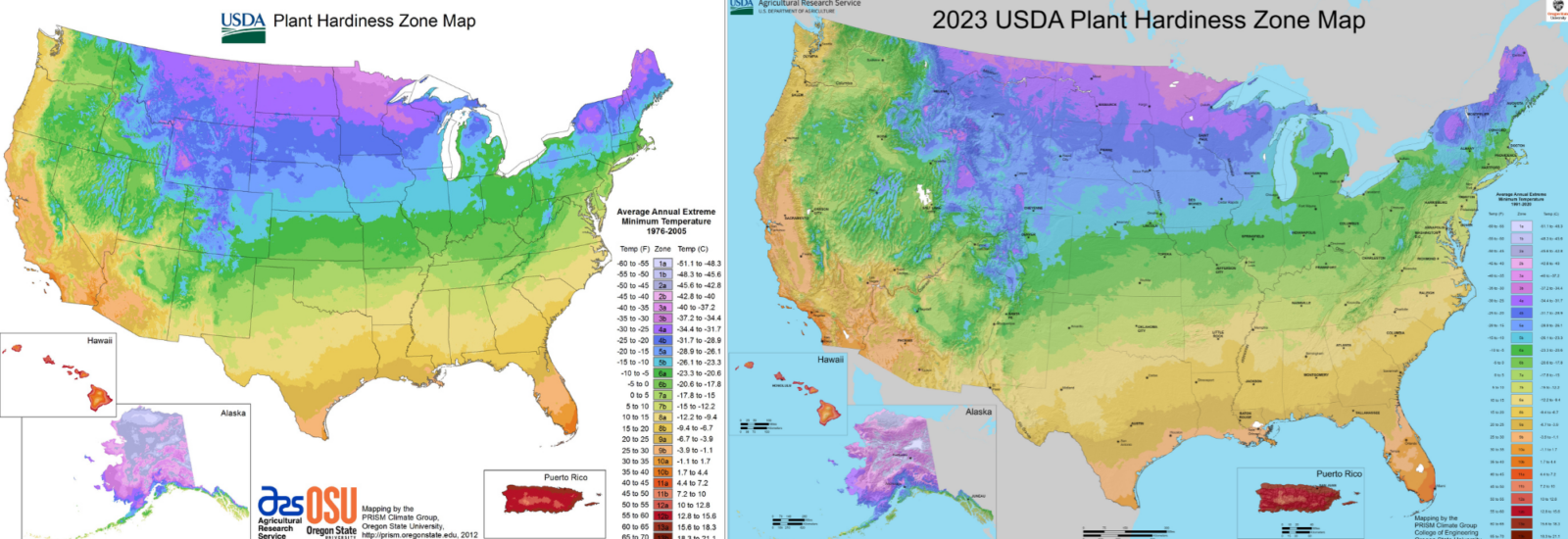
The Impacts of Poor Pond Water Quality
In addition to being unsightly, nuisance and invasive weeds are known to destroy natural habitats, deplete resources, and outcompete beneficial species. Likewise, some algal species, like blue-green algae, can produce toxins that threaten the health of humans and animals. A core mission of many Aquatic Experts is to manage and prevent harmful algal blooms. However, rising average temperatures are complicating this effort. Therefore, it is essential to address excess nutrients and other water quality issues to help mitigate the effects of increasing water temperatures.
Excess nutrients from stormwater runoff and low dissolved oxygen (DO) levels can further complicate matters. The combination of rising water temperatures, abundant nutrients, and low DO creates the perfect conditions for algae and weeds to thrive. This can lead to significant repercussions like explosive plant growth, increased flood risks, shoreline deterioration, unpleasant odors, and potential loss of property value.

Stay Ahead of Warm Water Temperatures with Proactive Solutions
Healthy, functional waterbodies are vital for sustaining our communities and natural ecosystems. While climate change is introducing new challenges, proactive strategies like water quality testing, aeration, nutrient remediation, and shoreline buffers can help safeguard our valuable aquatic resources by combating excess nutrients.
Although no single individual can prevent climate change, embracing a flexible, forward-thinking management approach can help ensure your waterbody remains healthy and provides value for years to come.
—
SOURCES
1 NOAA Global Climate Report 2024
2 USA Plant Hardiness Zone Map
How to Prevent Algae and Weeds
SOLitude Lake Management is a nationwide environmental firm committed to providing sustainable solutions that improve water quality, enhance beauty and preserve natural resources.
SOLitude’s team of aquatic scientists specializes in the development and execution of customized lake, stormwater pond, wetland and fisheries management programs. Services include water quality testing and restoration, algae and aquatic weed control, installation and maintenance of fountains and aeration systems, shoreline erosion control, muck and sediment removal and invasive species management. SOLitude partners with homeowners associations, golf courses, private landowners, businesses and municipalities. SOLitude Lake Management is part of Rentokil, a leading business services company, operating across the United States, Canada and Puerto Rico.
For more information, visit SOLitude Lake Management at solitudelakemanagement.com, and connect on Facebook, LinkedIn, Twitter, Instagram and YouTube.



